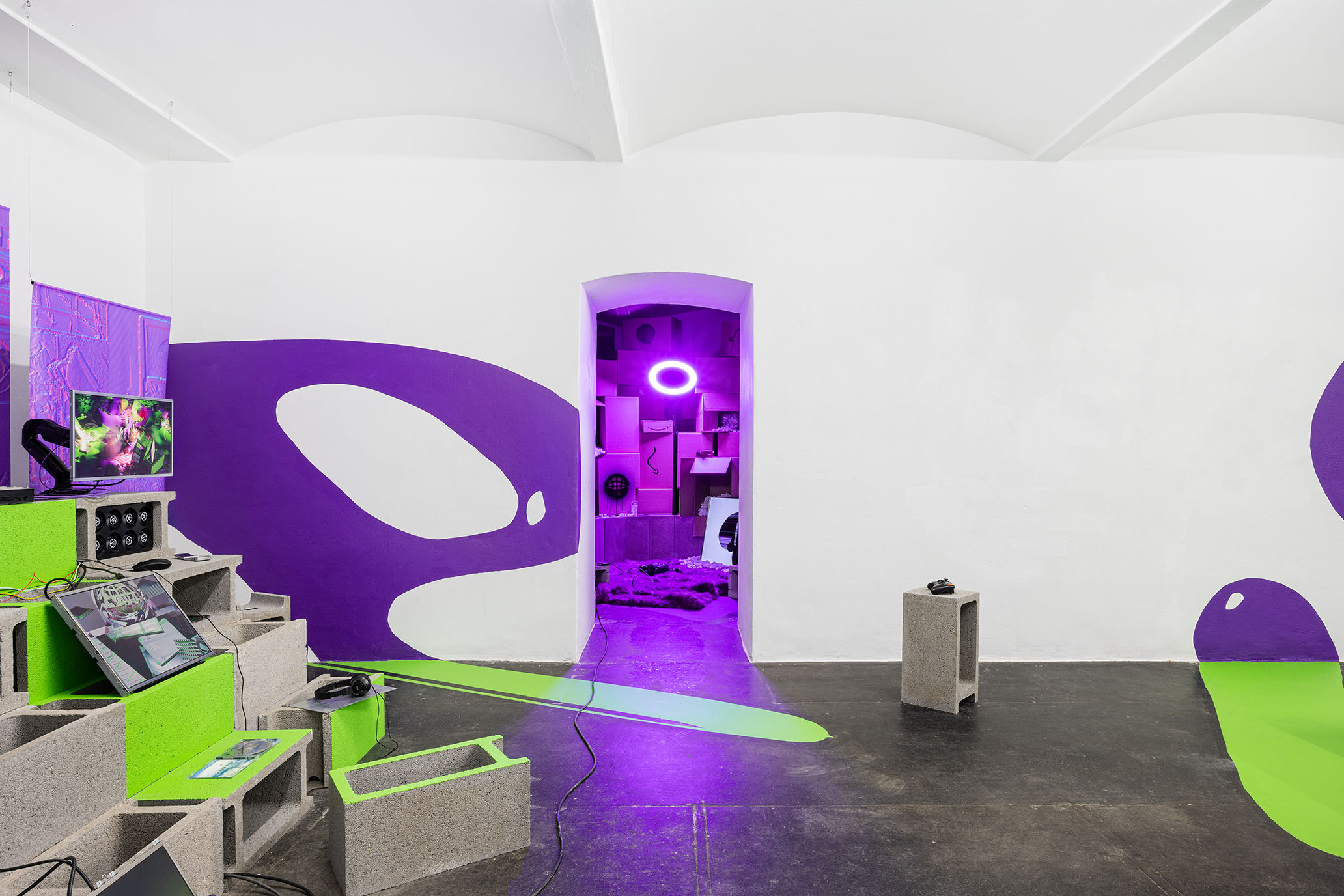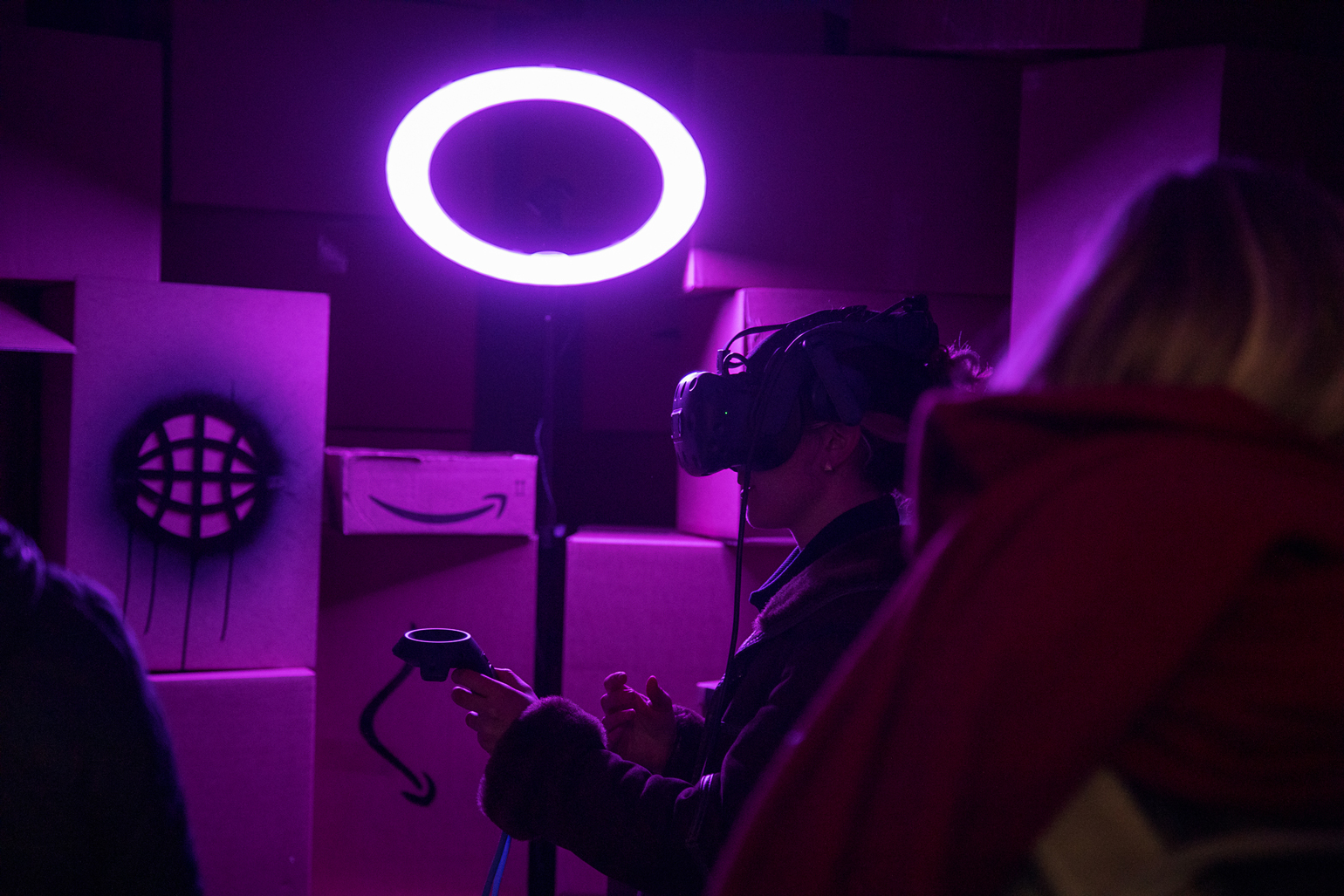SIMPLE
OBJECT
ACCESS
PROTOCOL
04.02.-18.03.2023
SOLO EXHIBITION
@ MAGAZIN.SPACE FOR
CONTEMPORARY ARCHITECTURE
VIENNA, AUSTRIA
︎ CONCEPT & DESIGN | SO@P (UWE BRUNNER & DOMINIC SCHWAB).
︎ COLLABORATORS & SUPPORT | MAX HAPP.
︎ PHOTO CREDITS | SIMON VERES, RICHARD POBASCHNIG.
︎ PRESS & LINKS | E-FLUX, KOOZARCH.
Throughout history, people have been fascinated with collecting, sorting, curating, and recombining tangible and intangible artifacts. This fascination gave rise to the archive: a form of organizing a repository and thus an active catalyst for the production, administration, and dissemination of knowledge.

With the emergence of web 2.0 as a collectively maintained and constantly growing participatory archive, a global economy of sharing, copying, and remixing has been slowly established in recent decades, fostering a cultural production that does not necessarily create something new, but rather draws from the same sources over and over again.


The concept of sampling, which has been well known to us since the 1970s, when the first generation of data storages enabled an entirely new kind of cultural and, in particular, musical production, has now spread unhindered through all kinds of online media and digital practices.




The exhibition SIMPLE OBJECT ACCESS PROTOCOL (S.O.A.P) explores the idea of spatial sampling by utilizing the archives of the internet as an inexhaustible resource for space-making. At the same time, it raises urgent questions about the role of the designer as collector and curator, challenges the necessity of striving for novelty and individuality, and reflects on the relationship between creation and authorship.



The physical component of S.O.A.P. manifests as a mashup of previous installations presented at magazin. It uses leftover materials and artifacts as well as the digital documentation of 3D scanned installations. Thus, the gallery itself, its inventory and history become a source for spatial sampling.


Additionally, the physical scenography houses three different media spaces that can be traversed in three dramaturgical acts and a series of interfaces. While these three media spaces demonstrate a style of spatial sampling, they also seek to illuminate our genuine fascination with the internet as a cultural force.




